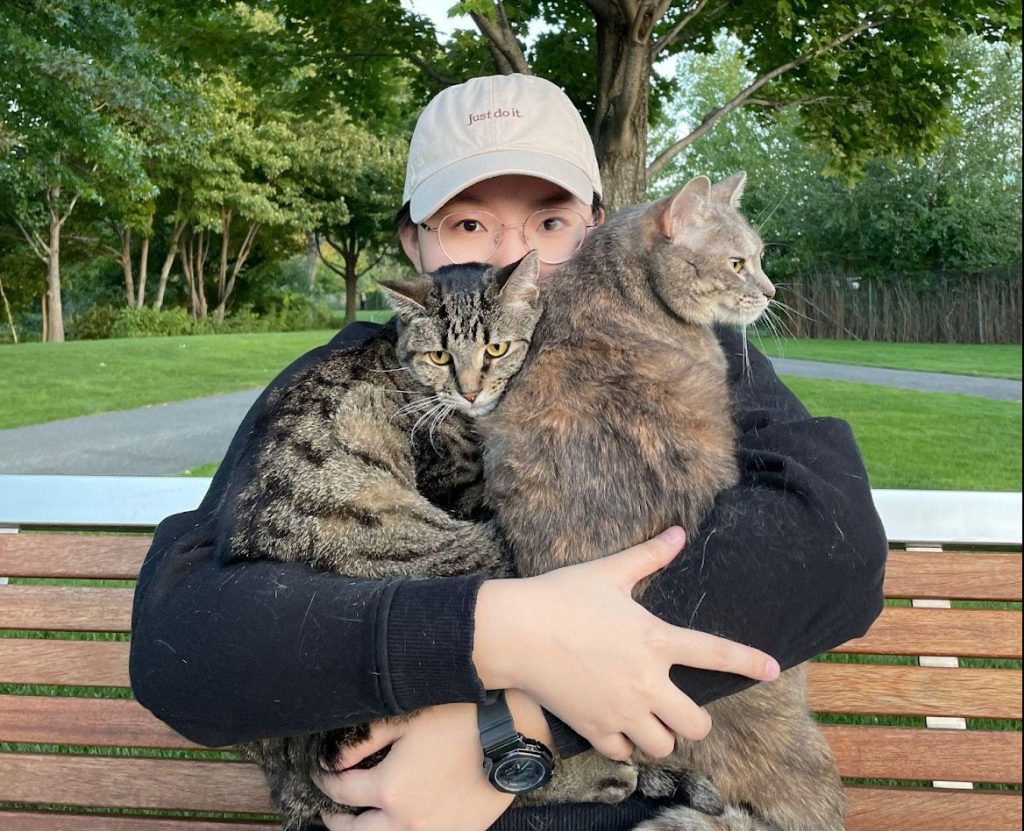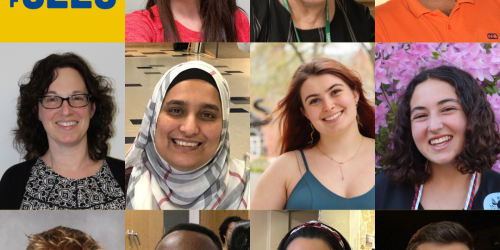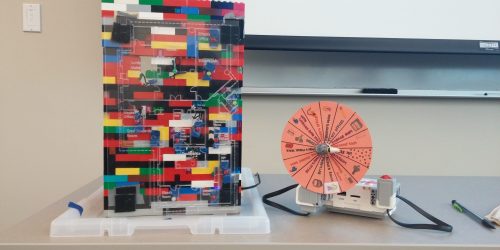
Tell us about where you are from and what your childhood was like.
I’m from Taiyuan, Shanxi, China (my whole family is from Northeast China, so although I grew up in Shanxi, we retained the Northeast food habits and culture). As a kid, I liked playing the drums, playing basketball, playing with LEGO, playing Monopoly, and crafting. Most of my hobbies have continued until now. My dad was a reporter and loves all the art and writing-related stuff and I was influenced by him. I also like photography, travel, design, and writing articles. We lived beside my mom’s workplace, an educational research institution, so the whole community was my mom’s colleagues. I grew up with some similar ages friends, and we are still very close friends now. We spent a fantastic childhood time together.
When did you first learn about engineering? What about it interested you the most?
I feel I started learning engineering before I knew what engineering was. When I was 4 or 5 years old, I got a Circuits Electronics Exploration Kit, and I started following the instructions to build basic circuits, then added a light with a switch, and even a radio, which really got the channel signal. I also had a lot of mechanical toys that could use wood/other materials to build cool mechanisms. I couldn’t understand the concepts and principles behind those cool toys when I was that young, but they definitely sparked my interest in engineering. My mom also loved to ask me to observe, define questions, and figure out the solutions in all different environments in life. No one mentioned the word “engineering” to me at that time, but I can see now, that those are all related to engineering or engineering design. I like exploring, problem-solving, and hands-on, which lead me to the engineering path.
Why did you choose to study engineering education?
My story of studying in engineering education is kind of interesting. My mom is a STEM/science lead educator in China, and she always brought me with her to all the science education and STEM education-related conferences and workshops. That influence started when I was very young (in kindergarten, probably). Most adults around me were related to STEM education, and I was influenced by what I saw and heard in that environment. I was interested in education, and I already knew something about the field, and lots of people thought I should major in education. But at that moment when I applied to college, I felt I didn’t want to work in the same field as my mom, I didn’t want to be covered under her shine. Since I had very good grades in chemistry and I liked engineering, I chose to be a chemical engineering major. I didn’t know what I would learn, but I still chose it. After my freshman year in college, I realized I didn’t like being a chemical engineering major, and I never got the real hands-on experience that I expected as an engineering major. I went to the career development center in my college and sought suggestions for a new major. I took several professional tests on personality, interests, and learning skills, and the results showed that I was interested in engineering, education, design, and music. The consultant there said it looked like these interests are not related to each other, so we went through the system’s recommended major lists based on my test results to find the one I most want to major in. The first major on the recommended list is called “Technology, Engineering, and Design Education (TDE)” in the STEM education department. We were both surprised and felt like this major was designed for me! I went to the STEM Ed department and was attracted to the cool maker space with all woodworking, 3D printing, and robotics sets, so I transferred my major to TDE in my second year of college, that’s how I started my engineering education journey.
Tell us about your research?
My research interest is how K-12 students use their daily life experiences (funds of knowledge) in engineering design to scope their problems and design process and how engineering design supports students to solve real-world problems and to care about the community.
Currently, I’m working on research called “Biomimicry as Authentic Anchor.” We developed curriculum and material tool kits for middle-school teachers to help them teach engineering based on biomimicry topics. We analyze teachers’ sense-making of structure-function analysis and how teachers choose what tools and curricula they will use in their classes.
Before that, I worked on a research project with Maryville that focused on how students learn machine learning and artificial intelligence concepts, and English language arts. Prior to that, at the University of Michigan, I worked on a project called I-Engineering, which focused on underrepresented youth in participatory design-based approaches and a justice-oriented stance on learning.
Why did you choose to study this?
I did several research projects in different fields to find my research interests, and I realized I’m interested in the K-12 level, not the post-secondary level. I ran some workshops and taught some K-12 classes, and I realized that I’m interested in the connections between engineering education and real life. After taking some engineering equity classes, I think it’s important to train our engineers not only to focus on the engineering problem but also to have social responsibility and care about the real-life/real-world community. To prepare for that, encouraging K-12 students to connect their engineering projects to their real-life experiences and to think about what they can contribute to their community with their engineering design projects is meaningful.
Why do you like about Tufts?
Tufts is a small community, but very supportive and diverse. I first was attracted to CEEO because there are a lot of cool LEGO Education research projects and a lot of amazing K-12 engineering activities and curricula. After I joined the Tufts community, I found all the people in the STEM Ed department and CEEO – whether students, faculties, or staff – are all very friendly and supportive, love to share what information they have, and always treat each other very nicely. There are also a lot of educational and research resources, and outreach opportunities.
What do you want to do after graduation?
I want to be a college faculty in the STEM education field and keep researching K-12 engineering education. I grew up in China and I know the K-12 engineering education in China still has space to improve. For a long-term goal, I wish to design and develop a full K-12 engineering curriculum/education pack and tool kit for Chinese students.
What do you like to do in your free time?
I like playing the drums, playing basketball with my friends, playing LEGO, playing board games, volunteering, traveling, cooking, and spending time with my two cute cats.



